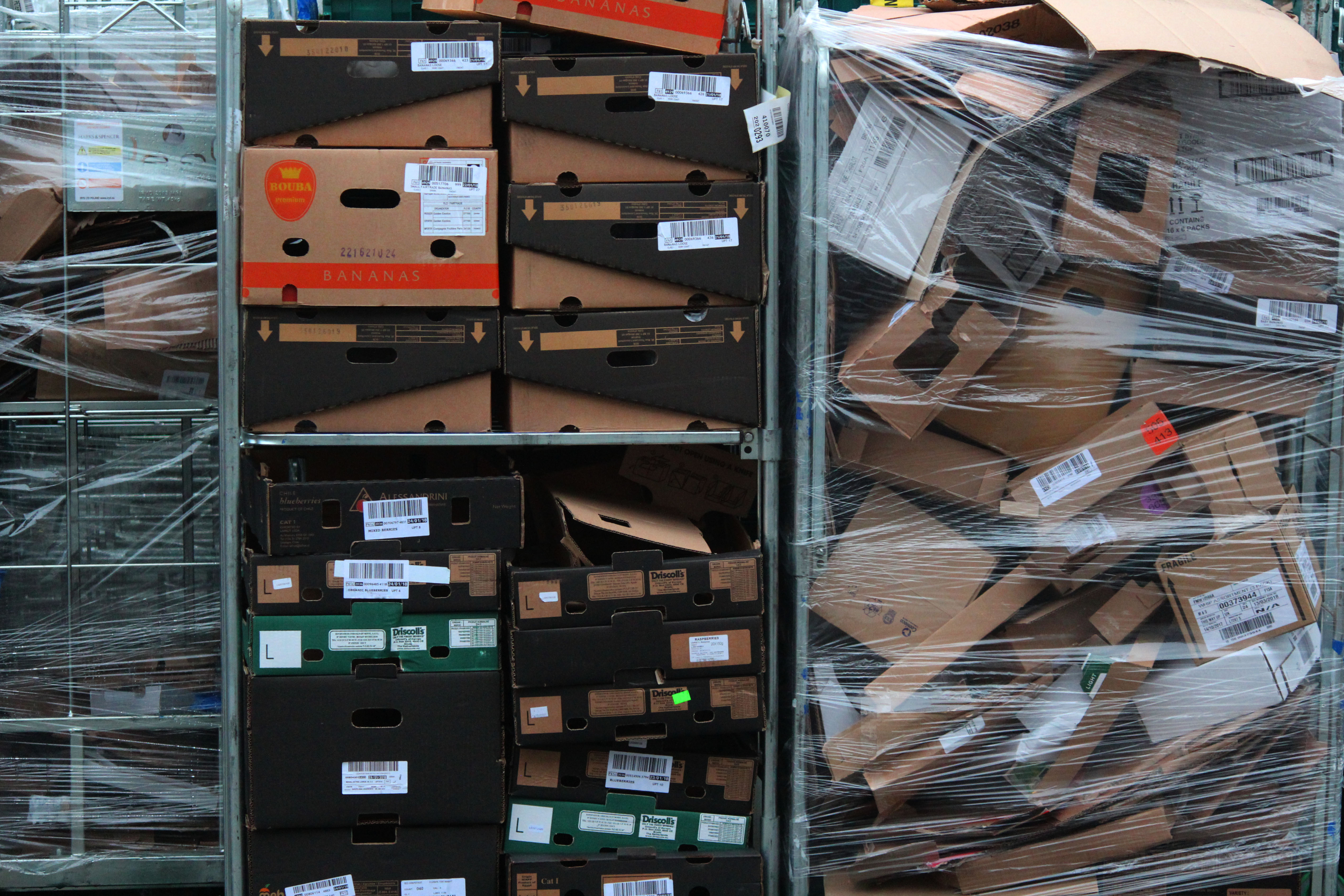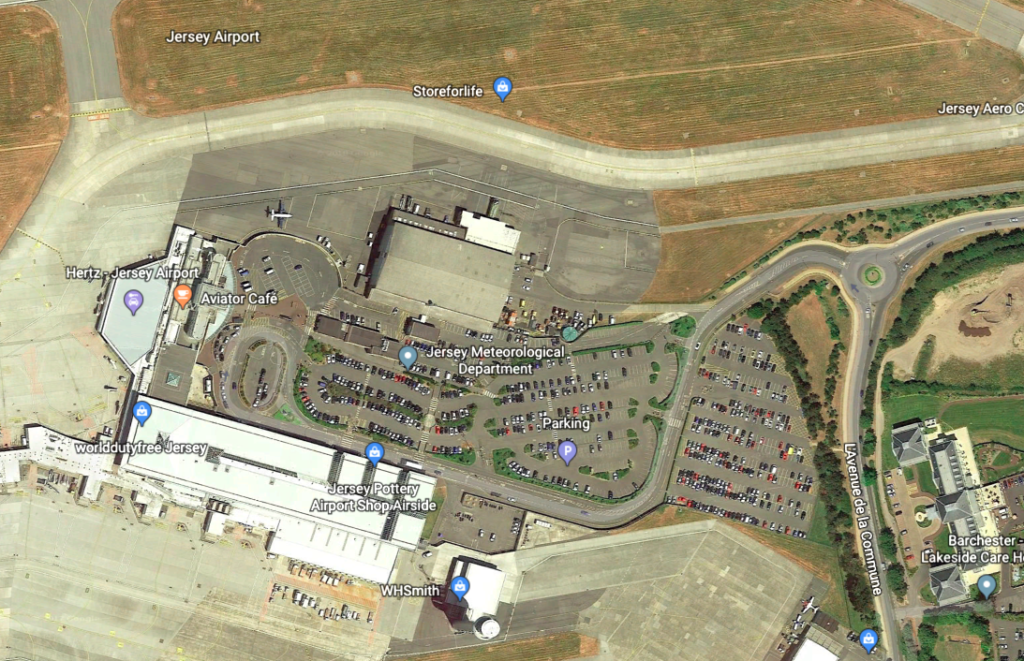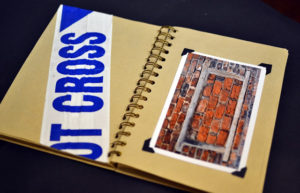Johnny Joo gives the world a glimpse of places long forgotten through the lens of his camera. He is a photographer by trade but an urban explorer at heart. The scenes he shares are covered in weeds, moss and cobwebs. They serve as an eerie reminder that nothing lasts forever.
Joo cautions that viewers should appreciate the subjects of his incredible photos but keep them in mind also as examples of humanity’s wastefulness and the impact society has on nature.”It’s really important to think about just how much we leave behind,” the 25-year-old Mentor native said. “I want to try and make a change in the way people think.”
He’s photographed abandoned malls, stadiums, schools, hospitals and houses. His pictures from inside Mike Tyson’s deserted Ohio mansion and the decaying Geuga Lake Amusement have gone viral on the Internet.



Photo Analysis

This photograph is a true representation of the past. It represents a discovery of forgotten things which brings a realization that this place was someones past; the history of lives we never even knew. There is great use of leading lines and depth of field within this photograph. The layered chairs, which represent a sense of structure which once used to stand, helps to draw the audience to the daylight in the distant windows. I believe this small amount of natural light represents a feeling of hope that is left about the building. The carefully positioned chairs create a strong contrast and juxtaposition to the rest of the building which is completely wrecked and derelict. This use of contrast may be a reference to the atmosphere which once was present to how it appears to be now. Personally I see these this photo as a missed opportunity to help those who don’t have a place to call home such as the homeless.







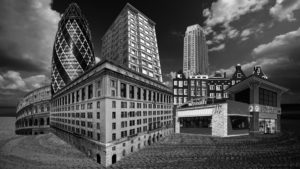
 Tyhe captures his subjects in a way that is truly representative of the experience. He first started taking images at aged 14 but really found his passion for the subject and deiced to peruse it as a full-time career when he was 17. His photography works stems from his childhood of growing up on the Coast, admiring the natural environment in ways that had to be captured with a camera. This crosses over into his design work as he tries to incorporate his love for the natural environment and geometric structures into his designs.
Tyhe captures his subjects in a way that is truly representative of the experience. He first started taking images at aged 14 but really found his passion for the subject and deiced to peruse it as a full-time career when he was 17. His photography works stems from his childhood of growing up on the Coast, admiring the natural environment in ways that had to be captured with a camera. This crosses over into his design work as he tries to incorporate his love for the natural environment and geometric structures into his designs.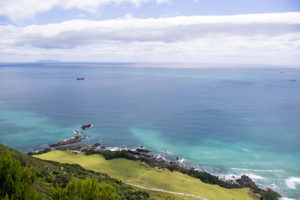


















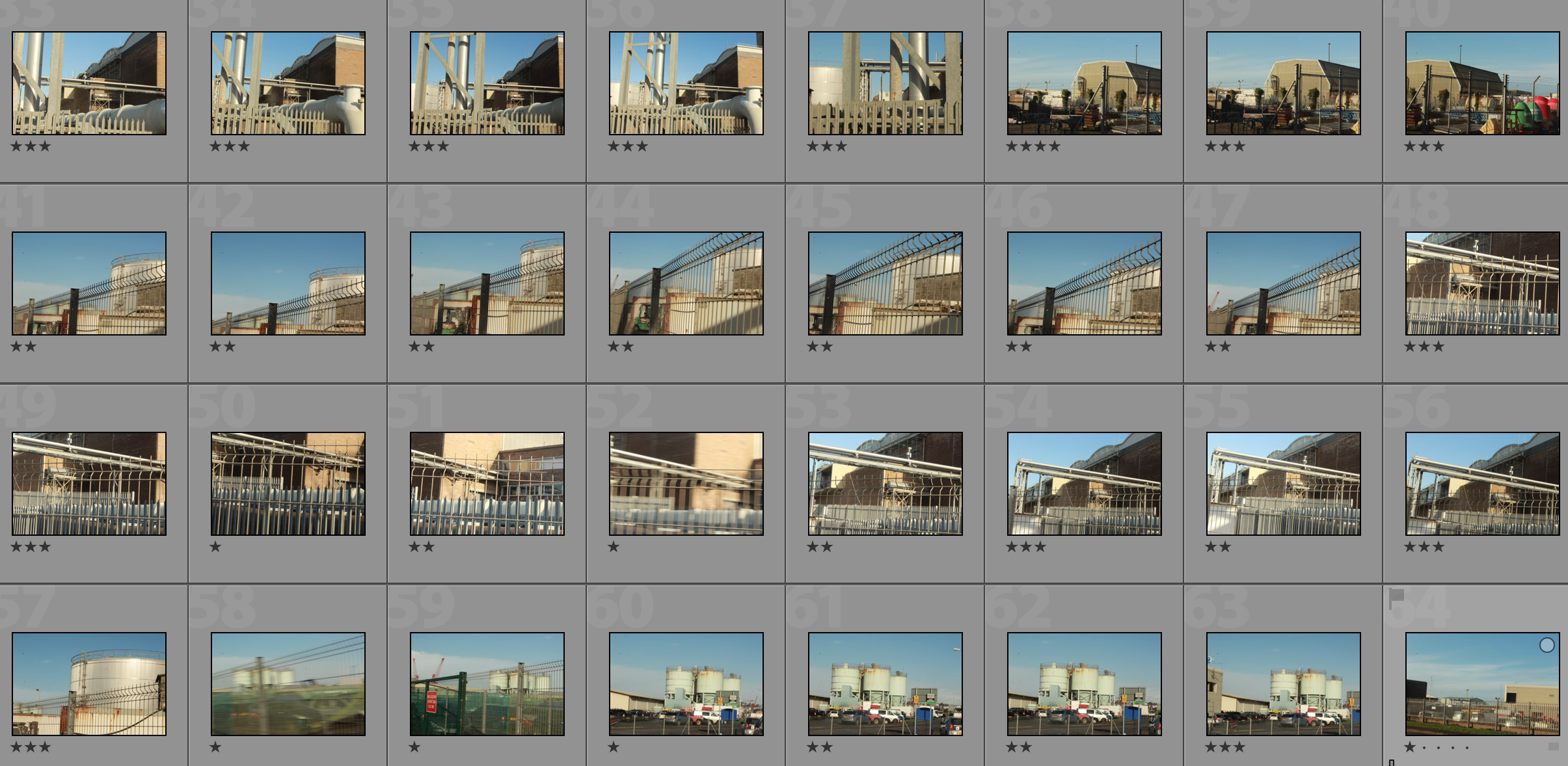











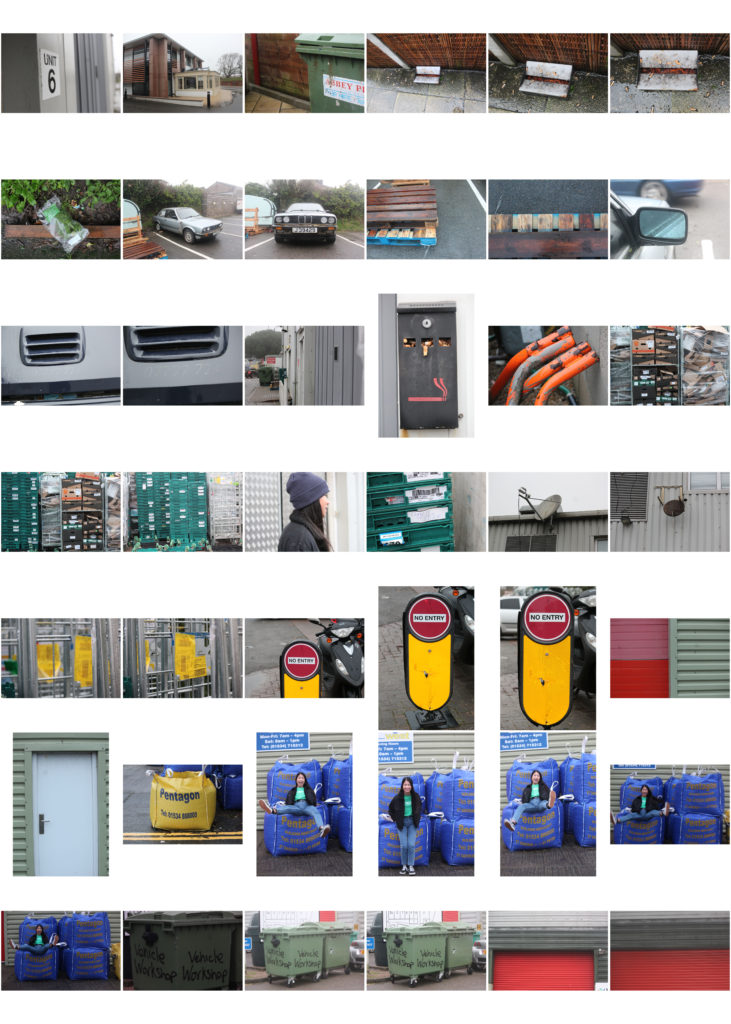
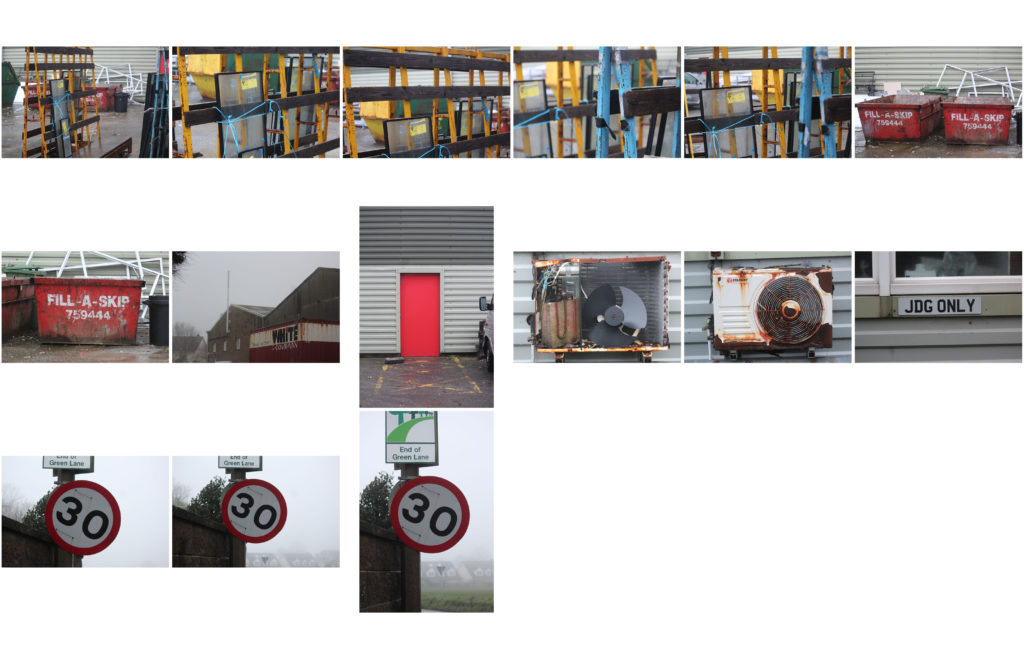 I selected and edited my favorite images from this shoot which I thought showed the area I walked around the best. They display the idea of disposable goods and and how the weather and environment has effected urban areas.
I selected and edited my favorite images from this shoot which I thought showed the area I walked around the best. They display the idea of disposable goods and and how the weather and environment has effected urban areas.


